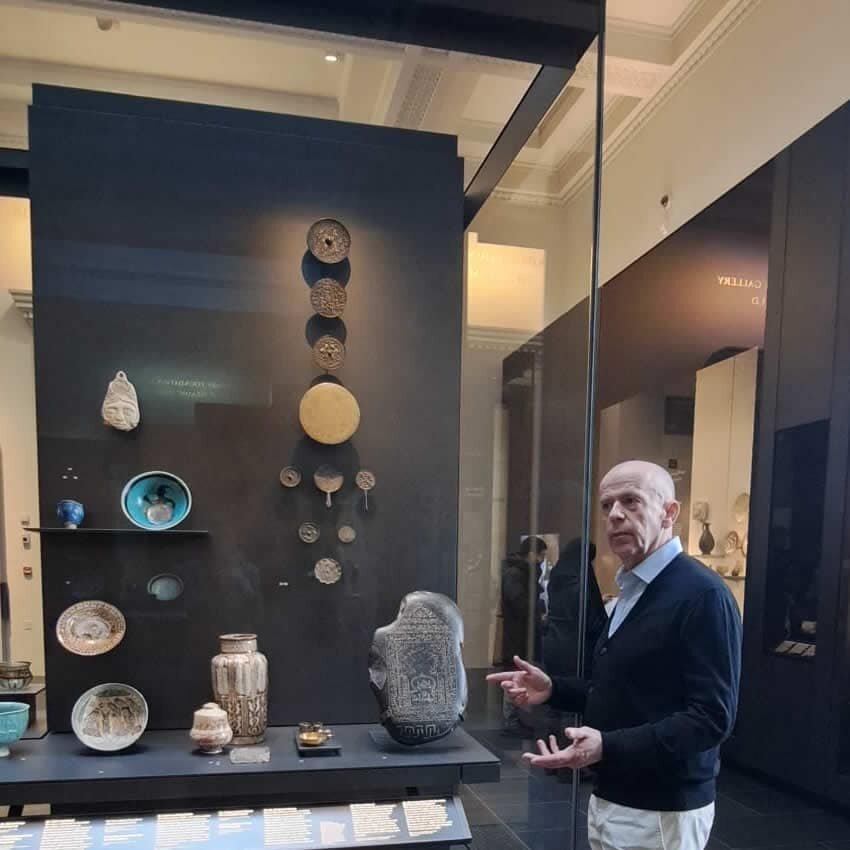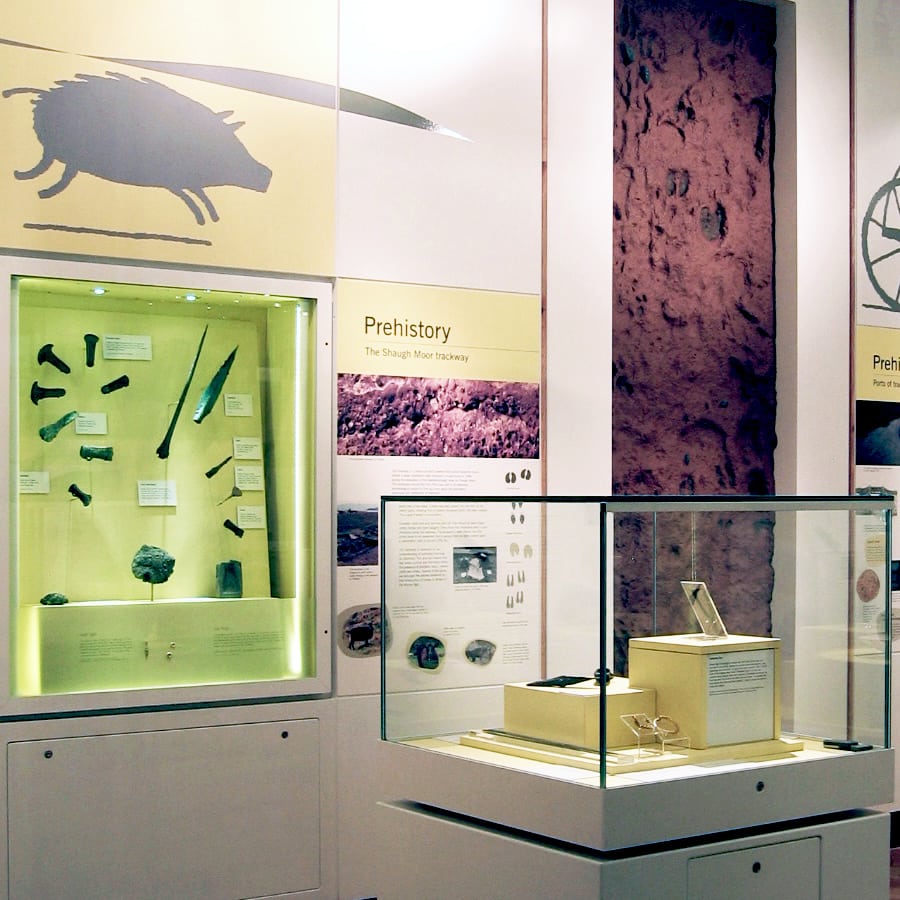The Display Case Series
Museum Exhibition Display Showcases
Part 2
Firstly, let us take a closer look at this. So you have a new exhibit, museum space, or visitor centre that requires new glass showcases or acrylic vitrines.
When it comes to museum display showcases or exhibition vitrines, it’s important to start with a list of basic requirements that the showcase or vitrine must fulfil. While it may seem obvious, there’s no point in having a beautifully designed showcase if it doesn’t function properly or meet the fundamental requirements. These basic needs might include protection, conservation, environmental issues, security, lighting, shelving, flexibility, longevity, access, storage, cleaning, and, in the case of touring exhibitions, weight, handling, and ease of transportation.
As someone who has gone through this process many times, I’m lucky to be able to draw on my experience to improve upon my previous designs. Although I always strive for perfection, there’s always room for improvement. For those new to this, the list above can serve as a helpful starting point and make the task feel less daunting.
You may have noticed that I can’t decide whether to write about museum display showcases, exhibition vitrines, or both. In the UK, we tend to call showcases made of glass “museum display showcases.” If these showcases are made from acrylic (like Plexiglas or Perspex), they appear to be called “display vitrines.”
I can hear you say, “Not always.” Indeed, you would be correct, but it does seem to be the case more often than not. However, if you are in Europe or generally in the USA, they are inclined to use the term “vitrines” regardless of whether the showcases are made from acrylic or glass. When speaking with anyone from the UK, mainland Europeans will use both. Well, that’s been my experience to date. The bottom line is that both are correct, like vitrine, which originates from French.
When planning your showcase or vitrine, it’s helpful to create a rough draft or sketch to give you an idea of what you want and how it will fit into the surrounding environment. You don’t need to be an artist, but having a basic concept will make it easier to work with showcase manufacturers.
It’s also a good idea to speak with other museum or exhibition professionals about their experiences with showcases. This can provide you with insights into how they have dealt with similar challenges in the past.
You can see more details about the museum exhibition display showcases on the Museum Displaycases page. This contains a comprehensive list of showcase and museum display case design services. Lastly, you can explore three extra posts on museum display cases for more information. All the relevant information is provided below:

elevating museum exhibition display showcases: where art meets function

Read the full museum display cases series
Part 1 – Display Cases Introduction
A physical barrier is formed when a piece of glass or acrylic is placed between the visitor and the exhibition.
Part 3 – How to achieve invisible showcases
Your process of achieving a successful showcase design requires a team of dedicated professionals. In a team environment, we develop something considerably greater than the sum of its parts.
If you have a travelling exhibit, you will have a different shopping list of requirements for a permanent museum display.
